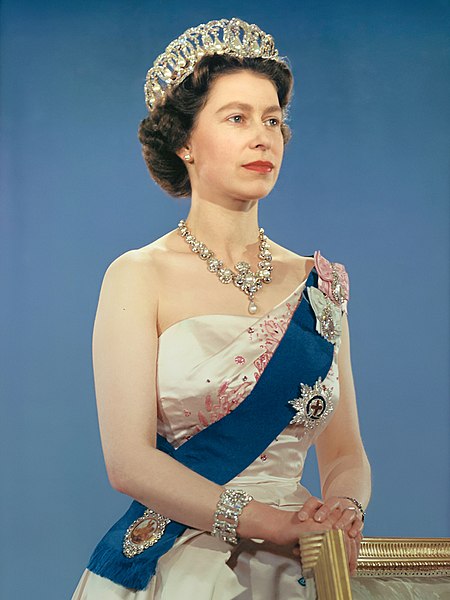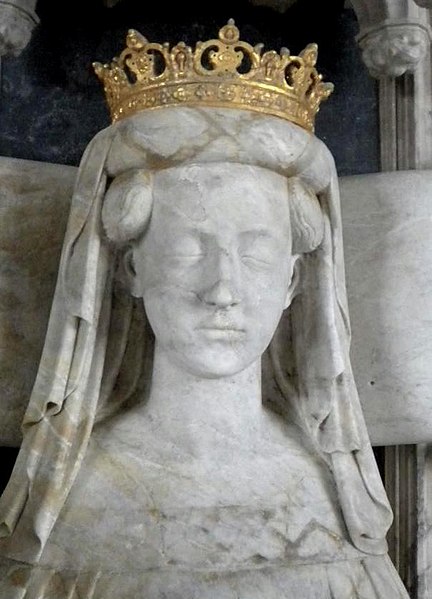Queen Jindeok of Silla (?–654), reigned as Queen of Silla, one of the Three Kingdoms of Korea, from 647 to 654. She was the kingdom's 28th ruler, and its second reigning queen following her predecessor Queen Seondeok. During her reign, Silla jockeyed with Baekje for favor in the Chinese Tang court. She is also known for writing a poem of the Emperor Gaozong of Tang. According to Samguk Sagi, she was voluptuous, beautiful and tall.
Tomb of Queen Jindeok [ko] in Gyeongju, Gyeongsangbuk-do, South Korea
A queen regnant is a female monarch, equivalent in rank, title and position to a king. She reigns suo jure over a realm known as a kingdom; as opposed to a queen consort, who is married to a reigning king; or a queen regent, who is the guardian of a child monarch and rules pro tempore in the child's stead or instead of her husband who is absent from the realm, be it de jure in sharing power or de facto in ruling alone. A queen regnant is sometimes called a woman king. A princess regnant is a female monarch who reigns suo jure over a principality; an empress regnant is a female monarch who reigns suo jure over an empire.
Queen Elizabeth II, who reigned as queen of the United Kingdom from 1952 until her death in 2022, is the longest-reigning queen regnant in world history.
Bust of Sobekneferu, the earliest Pharaoh of Egypt confidently proven to have been a woman (r. 18th/17th century BC)
Margaret I ruled Denmark, Norway and Sweden in the late 14th and early 15th centuries.

![Tomb of Queen Jindeok [ko] in Gyeongju, Gyeongsangbuk-do, South Korea](https://upload.wikimedia.org/wikipedia/commons/thumb/e/e7/Royal_Tomb_of_Queen_Jindeok.jpg/640px-Royal_Tomb_of_Queen_Jindeok.jpg)


